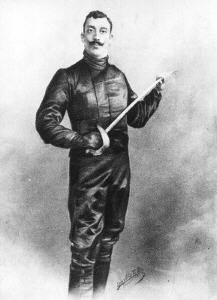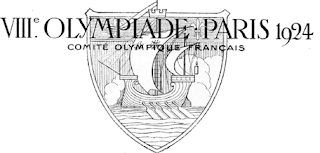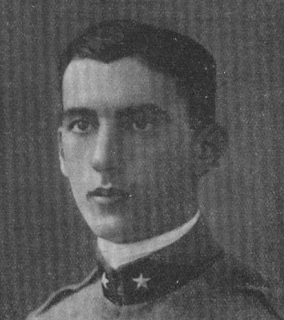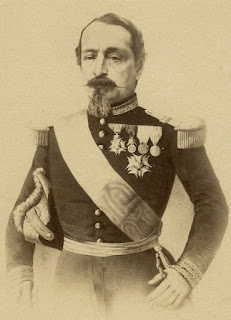Olympic medallist famous for real ‘duel’
 |
| Italo Santelli set new standards for sabre fencing with his own technique |
Santelli won a silver medal at the 1900 Olympics in Paris with a new style of sabre fencing of his own invention. Originally from Carrodano in Liguria, he fought for Italy but spent a large part of his career coaching Hungary, who he helped become a formidable power in fencing.
It was this conflict of interests that sparked an incident at the 1924 Olympics, also in Paris, that led to Santelli and Adolfo Cotronei, who was Italy’s team captain, engaging in the infamous duel.
It happened during a match between the Italians and the host nation France in the team foil event when Italy’s Aldo Boni was facing off against Lucien Gaudin. With the match tied at four touches each, the Hungarian judge György Kovacs awarded the winning fifth touch to Gaudin, a decision that sparked immediate consternation in the Italian ranks.
Boni rounded on Kovacs, delivering a verbal tirade. But it was in Italian - beyond the official’s comprehension. It just happened that Santelli, in his capacity as Hungary’s coach, witnessed the whole dispute and was asked to step in as interpreter.
Santelli’s translation did not reflect well on Boni, who was asked to apologise for insulting Kovacs. When he refused, Italy were disqualified and the event ended with France winning the gold, with Belgium taking silver and Hungary the bronze.
 |
| Italo Santelli, left, in action at the Paris Olympics of 1900, in which he won a silver medal in the sabre event |
Santelli was outraged but the bullish Cotronei stood by his article and, although accounts vary as to who challenged whom, it was somehow agreed that the two would engage in a duel, a dispute-settling method that had been outlawed in many other parts of the western world but was still part of Italian culture even in the early part of the 20th century. Legislation was being drawn up to ban the practice in Italy - driven by Benito Mussolini, then still Prime Minister rather than dictator - but special dispensation was obtained to allow this one to go ahead.
Thus the the stage was set for a date in August for the two to face each other with sabres in the town of Abbazia, a town about 70km (43 miles) southeast of Trieste that later became Opatija in Croatia but was then on Italian soil.
In the event, Cotronei had to take on not Italo Santelli but his son, Giorgio, another fencer, who had invoked a rule under the 18th century Code Duello that allowed him to substitute for his father, who was keen to defend his honour but was by then in his 61st year.
 |
| It was at the 1924 Olympics, again in Paris, that Santelli became embroiled in a dispute between the Italian team and an official |
Italo Santelli had been educated at the Scuola Magistrale Militare, a military school in Rome, but in 1896 decided to move to Budapest together with brother Otello, also a fencer, and his wife. Their son, Giorgio, was born in Hungary in 1897, although he kept his Italian citizenship and ultimately emigrated to the United States,
It was while working in Hungary that he developed the new style of sabre fencing, involving a much quicker defence than the classical style. It became known as the "modern style" or the “Santelli style” and historians of the sport sometimes refer to Santelli as “the father of modern sabre fencing.”
Although Cotronei was known for his temper - he fought at least six duels in his lifetime - he and Santelli were said to have been reconciled when they met again at the 1932 Olympics in Los Angeles and subsequently became friends.
 |
| The Abbey Church of Santa Maria Assunta, built from Carrara marble, is one of La Spezia's attractions |
Santelli’s home village of Carrodano is in the province of La Spezia, a port city of 94,000 inhabitants and Liguria’s second city after Genoa. The home of Italy’s largest naval base and a major commercial port, tucked away in a sheltered gulf, La Spezia is so close to the ruggedly beautiful stretch of coastline known as the Cinque Terre, not to mention the picturesque fishing village of Portovenere, that it tends not to be regarded as a tourist attraction. Yet La Spezia has an atmospheric historic centre of narrow streets, not to mention the recently restored 17th century castle and the impressive black and white Carrara marble of the Abbey Church of Santa Maria Assunta.
 |
| One of the canals in Livorno's Venetian quarter |
Santelli spent his final days in another of Italy’s northern Mediterranean port cities, Livorno. The second population area in Tuscany after Florence, Livorno has a population of almost 160,000. Although it is a large commercial port with much related industry, it has many attractions, including an elegant sea front – the Terrazza Mascagni - and an historic centre – the Venetian quarter – with canals, and a tradition of serving excellent seafood. The Terrazza Mascagni is named after the composer Pietro Mascagni, famous for the opera Cavalleria Rusticana, who was born in Livorno.
More reading:
Valentina Vezzali, the fencer who is Italy's most successful athlete
How Luigi Baccali brought home Italy's first Olympic track gold
Ottavio Missoni: From Olympic hurdler to fashion designer
Also on this day:
1591: The birth of Baroque master Guercino
1751: The death of Trevi Fountain architect Nicola Salvi
1848: Padua revolts against the Austrians
(Picture credits: La Spezia church by Davide Papalini; Livorno canal by Daniel Ventura; via Wikimedia Commons)
Home




